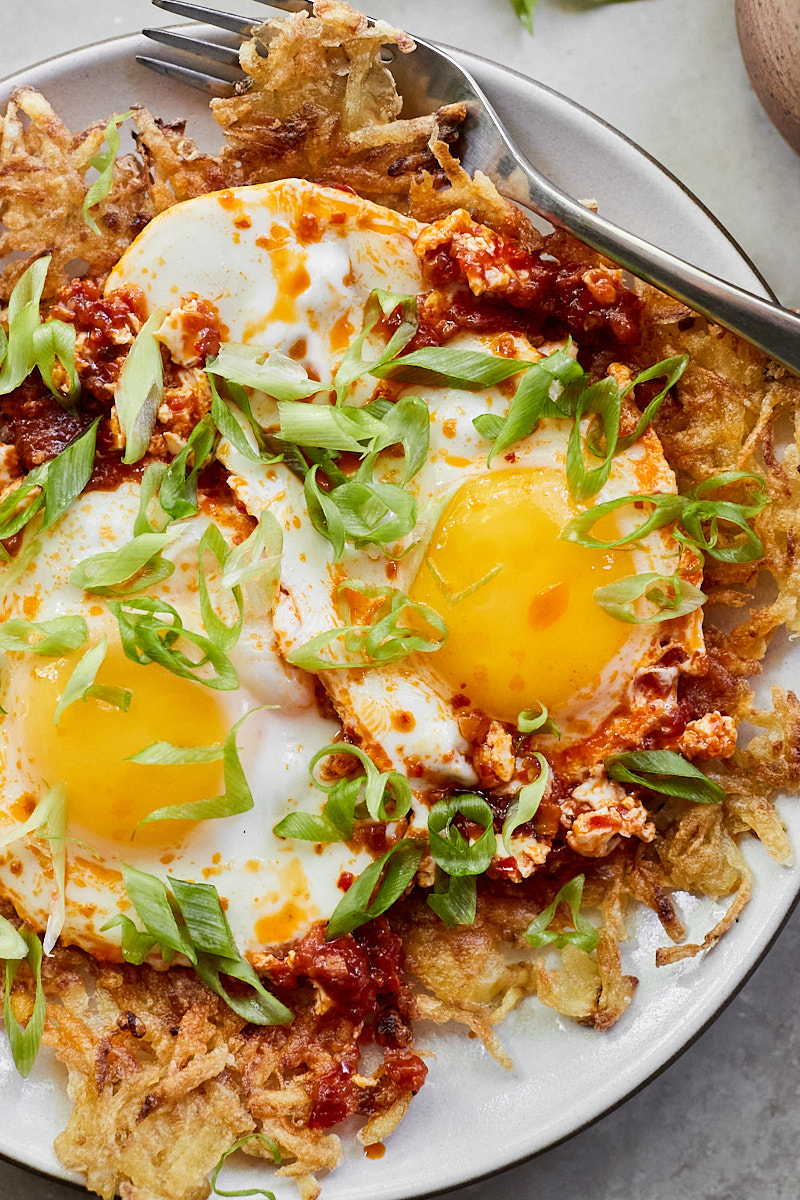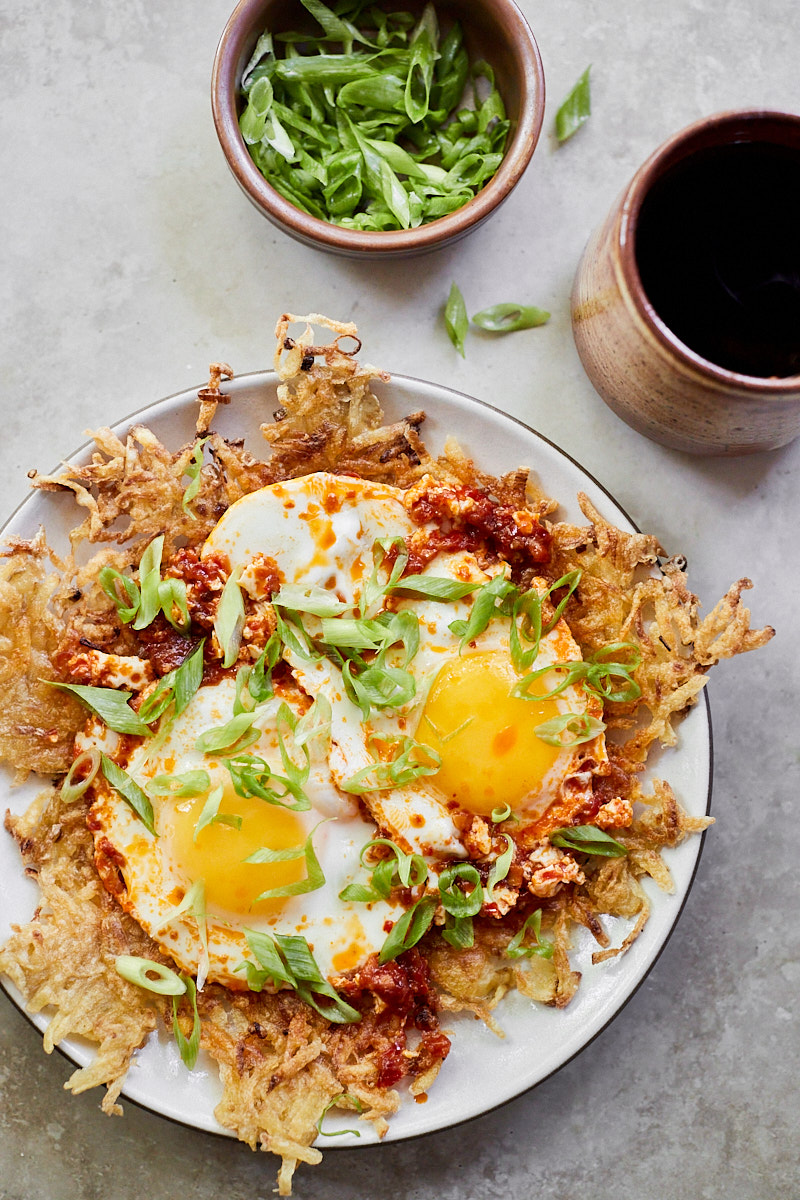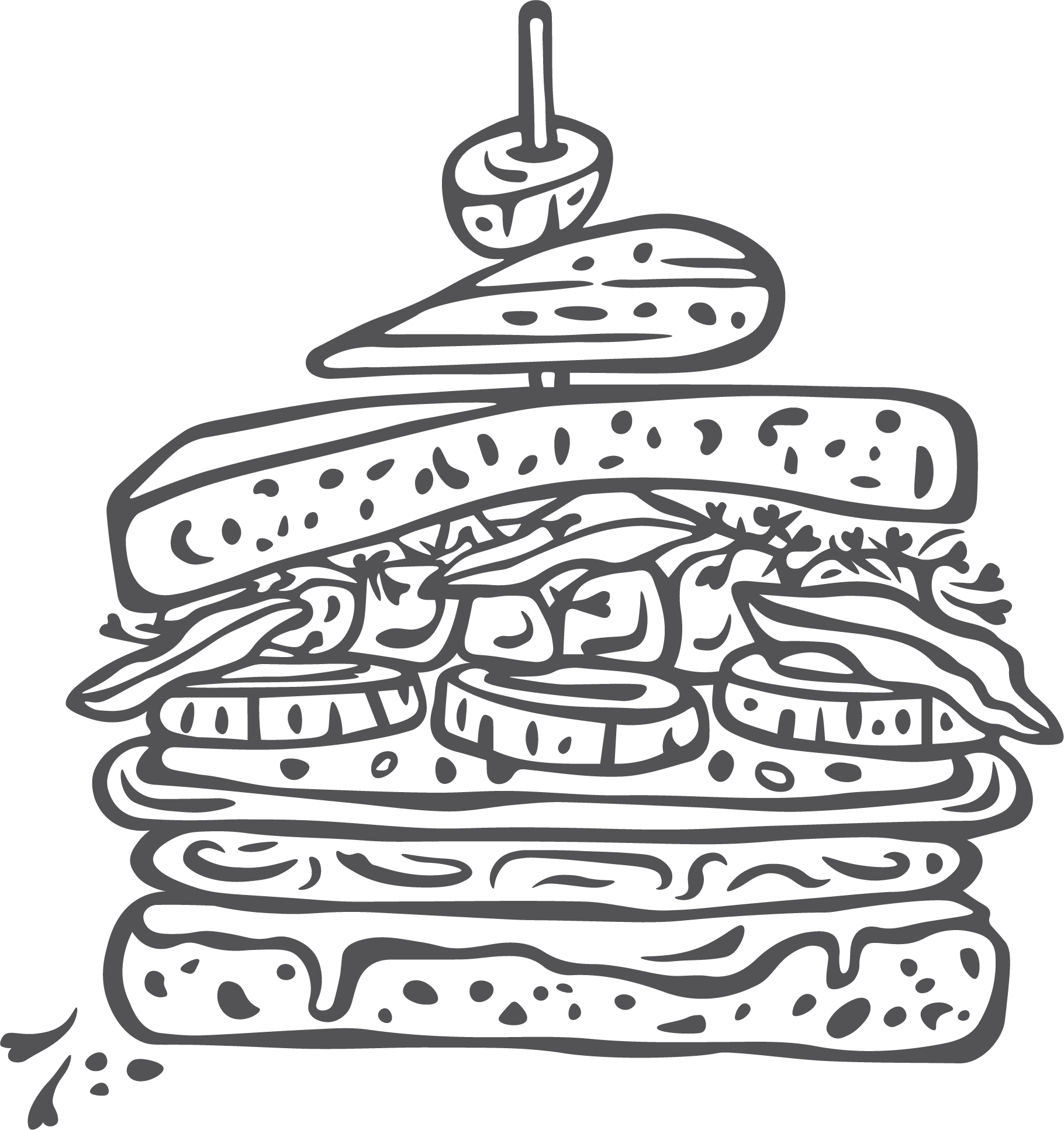Over the years, I’ve had my fair share of soggy hash browns. It’s sad to be excited for some crispy breakfast potatoes only to get a soggy bite. Because of this disappointment, I’ve spent much time perfecting my crispy hash browns.

If you’ve tried your hand at crispy hash browns, you might have read that russet potatoes are imperative. This variety is used because russets are on the starchy side of the spectrum of starchy to waxy potatoes. Starchy potatoes inherently have less moisture than their waxy counterparts, making them easier to crisp.
Nevertheless, using a starchy potato is not the end-all of the hash brown conversation. I prefer yellow potatoes, as you see in this recipe. These potatoes, such as Yukon gold, are more of an all-purpose potato, sitting between starchy and waxy. They typically have thinner skin, a buttery flavor, and a great texture and moisture retention balance.
With the following tips, I find these potatoes make the best crispy hash browns.
You could technically get away with making hash browns without the extra starch. However, adding a little extra starch helps you ensure you have enough to balance the moisture of the potatoes.
When crispness is the goal, I reach for potato starch. Corn starch would also work if that’s all you have on hand.
Your pan should be heated just right to achieve the perfect crispy-to-cooked potato ratio. Anything too low, and your potatoes will end up soggy. Anything too high, and you risk burning patches of the potatoes while leaving other parts undercooked.
On a cast iron skillet, I use slightly higher heat than medium–if medium is 6 on a clock and medium-high is a 9, I like to sit at around 7. Or, if you happen to own an infrared thermometer, the skillet should be around 300˚F to 325˚F. This will change depending on the type of pan you use, so it might take a bit of trial and error.
Finally, don’t hold back on the oil when it comes to crispy items. The hot oil pulls the moisture from the potato, facilitating all the crispy goodness. Not having an even coat of oil on the skillet correlates to patchy, uneven cooking. You don’t need to go completely wild, but make sure the skillet has a solid coat of oil before adding your potatoes.
While this meal is all about the crispy hash browns, it’s worth mentioning the chile-fried egg. Using chile paste to cook your eggs is a great way to ramp up flavor. I alternate what I use but always find myself using a chile-garlic sauce, such as the Huy Fong, Lee Kum Kee, or a homemade version.
As mentioned, I’ve fried eggs in many chile pastes, so I recommend using what you might already have. Harissa, sambal oelek, gochujang, or ancho paste work great. I also have a space in my heart for frying eggs in this garlic achaar.



